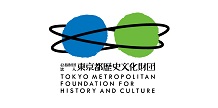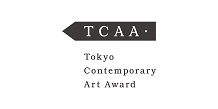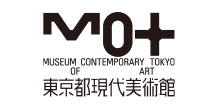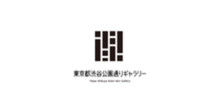KIM Junghyun
- TOP >
- Archives >
- Residency Program >
- KIM Junghyun
Research Residency Program
update: 2024.3.26
KIM Junghyun
| Participating Program | Research Residency Program |
|---|---|
| Activity Based | Seoul |
| City | Tokyo |
| Period | 2023.9 - 2023.11 |
Purpose of the residency
I have been interested in ‘Reenactment Performance’ while studying performance art history. In 2017, I pay attention to the similarities in the early performance arts, however, in this time, I would like to focus on the differences in performance art exhibitions and reenactment between Korea and Japan since the 90s.
Plan during the residency
- Second, I would narrow down the scope of the research through the first stage, then make a list of major exhibitions and artists, and try to interview the artists. I'd like to find not only historical performance artists but also younger generation of artists and curators interested in Japanese performance art.
Activities during the residency
During my two and a half months of fieldwork in Japan, I realized that the modern and contemporary art institutions in Japan and Korea have a great difference, especially in the scope of art museums. This necessitated a revision of my initial goal of exploring 're-enactment performance art' centered on museums. Unlike Korea, where several museums, including MMCA, form a zone that encompasses the white cube and the black box, Japanese museum seems to focus on more classical art medium, centered on collections. In the end, I firstly explored the activities of performing art platforms (Hijikata Tatsumi Archive, Kyoto Experiment etc.) and independent curators in Japan. Secondly, I expanded the scope of my research to investigate experimental cases that expand the concept of collection and practice of collecting in museum (MOMAT, TOP, Artizon Museum, Hiroshima MOCA, etc.). I also sought to meet with Japanese artists of various generations to explore future collaborations.
Outcome of the residency
In the process of comparative research on performance art in Korea and Japan, I got a tentative conclusion that I should focus on individual art works and specific curatorial practices rather than on institutional research. During the residency, I was able to learn about the collections and directions of major museums through interviews with curators, and found many interesting examples. Future projects of fieldwork to be done at NMAO and 21st Century Museum of Contemporary Art, Kanazawa, etc. In addition, the visit to Hijikata Tatsumi Archive reaffirmed that the concept of reenactment is being interpreted more actively in the performing arts scene, and I was able to collect a variety of examples thanks to the expanded practice of this institution called ‘generic archive’. Those I discovered and collected should be included in my next book on contemporary practices in performance art.
I benefited greatly from TOKAS’s close-knit network. The artists who came to TOKAS's events all had impressive contemporary practices and were very open to engaging with the artists in residency, which made for interesting conversations.
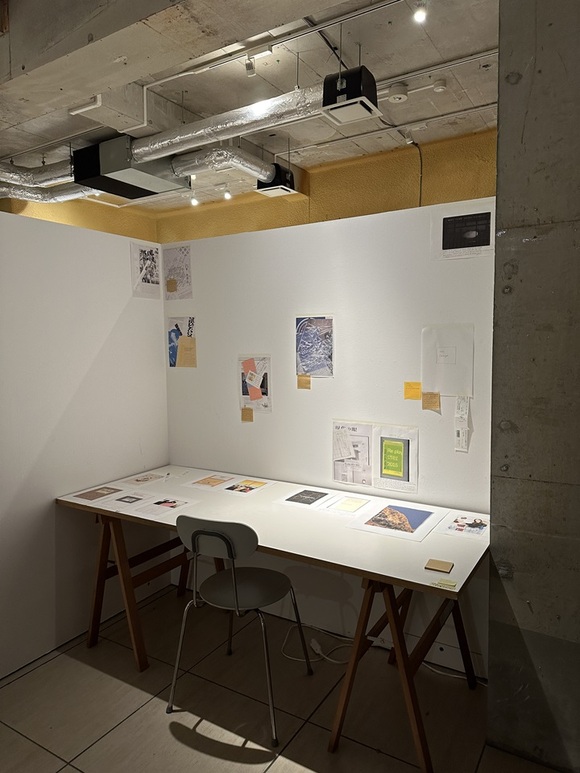
Research Archive Installation at "TOKAS Open Studio," 2023, papers, variable

Research Archive Installation at "TOKAS Open Studio," 2023, papers, variable
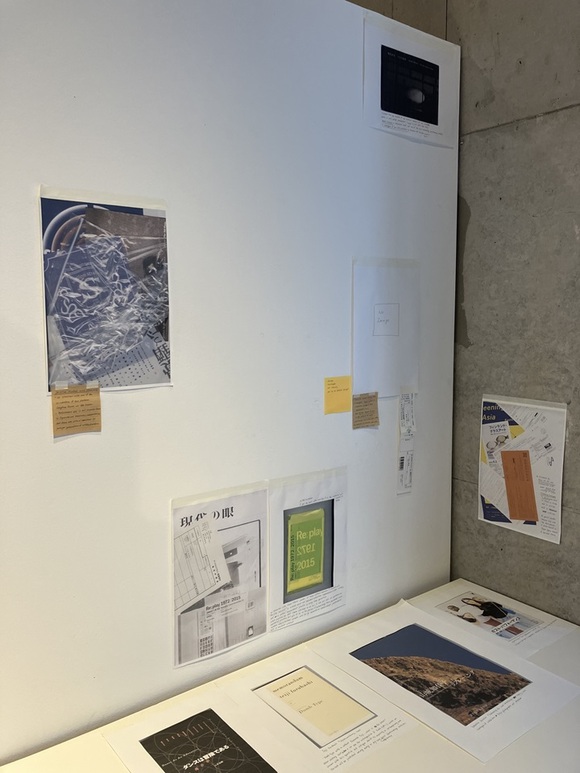
Research Archive Installation at "TOKAS Open Studio," 2023, papers, variable




